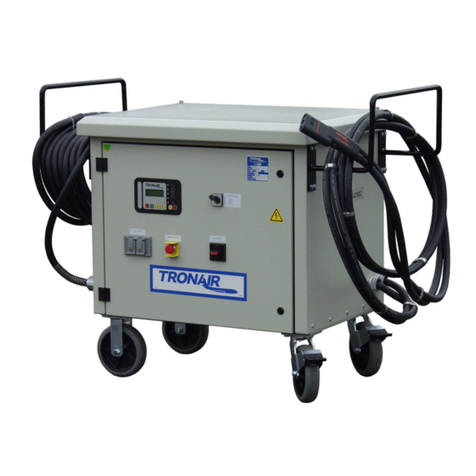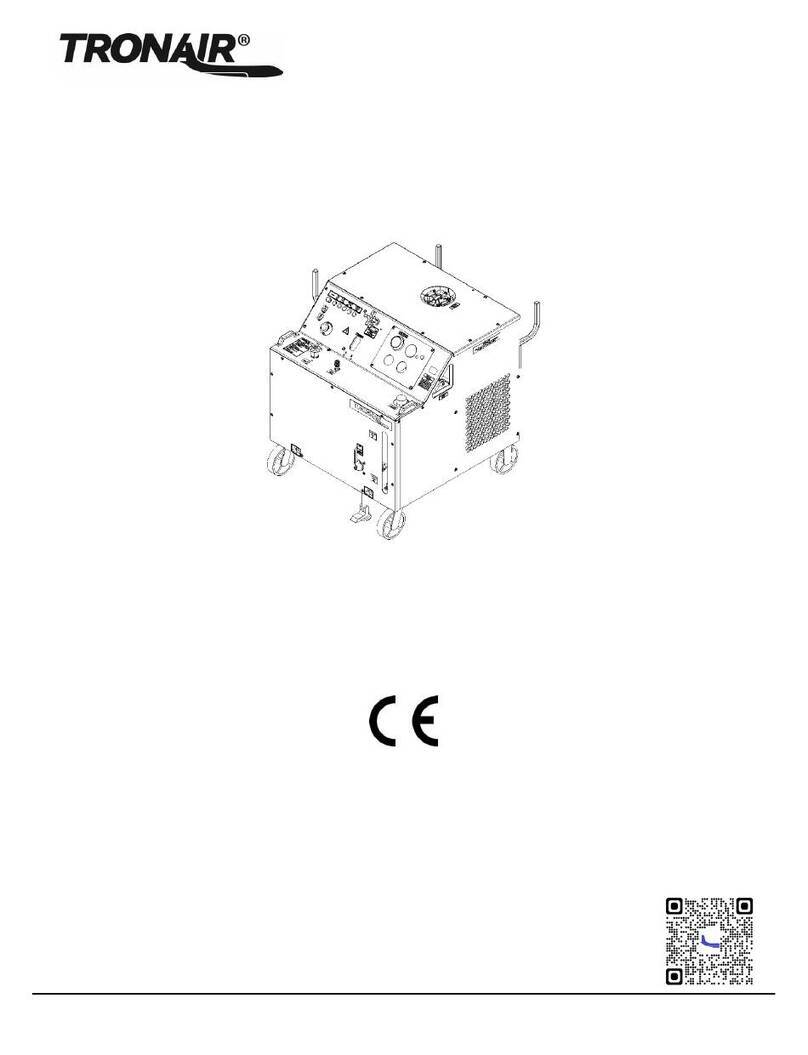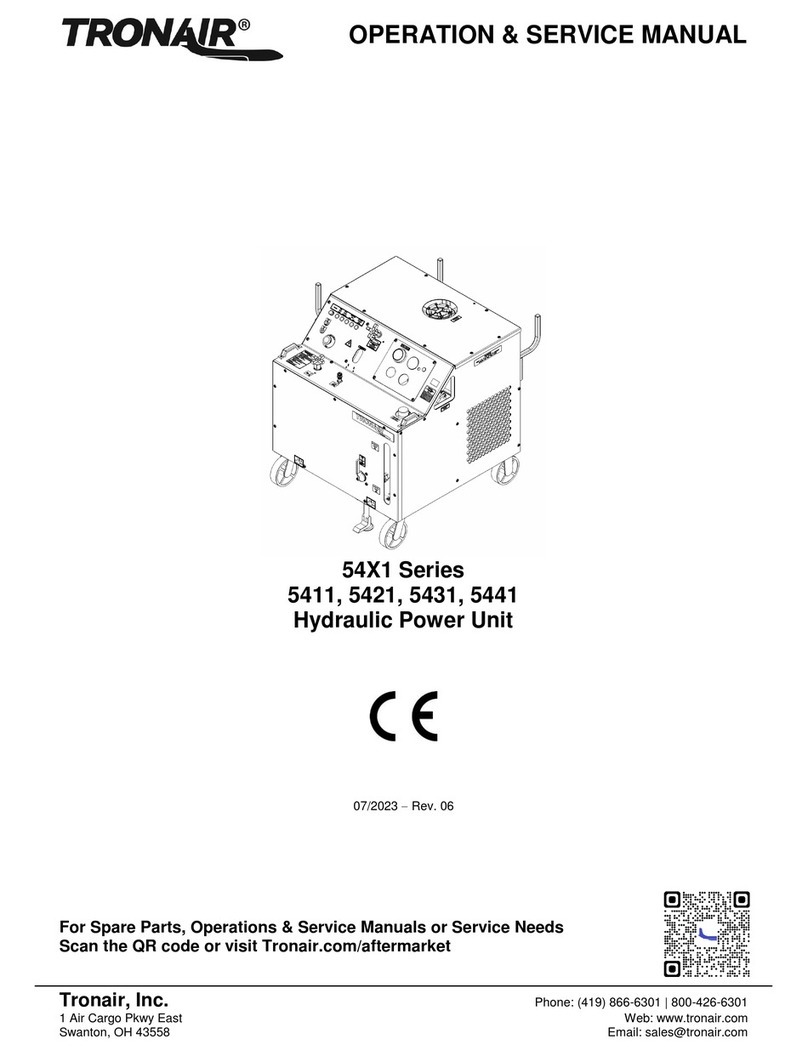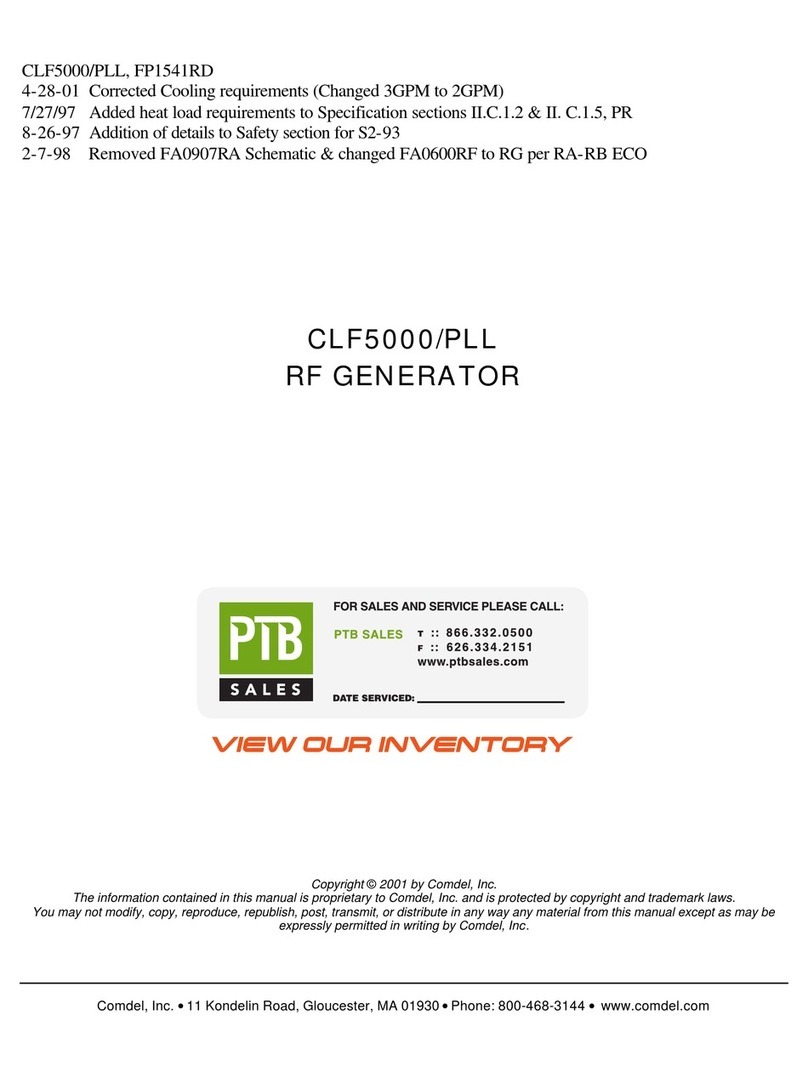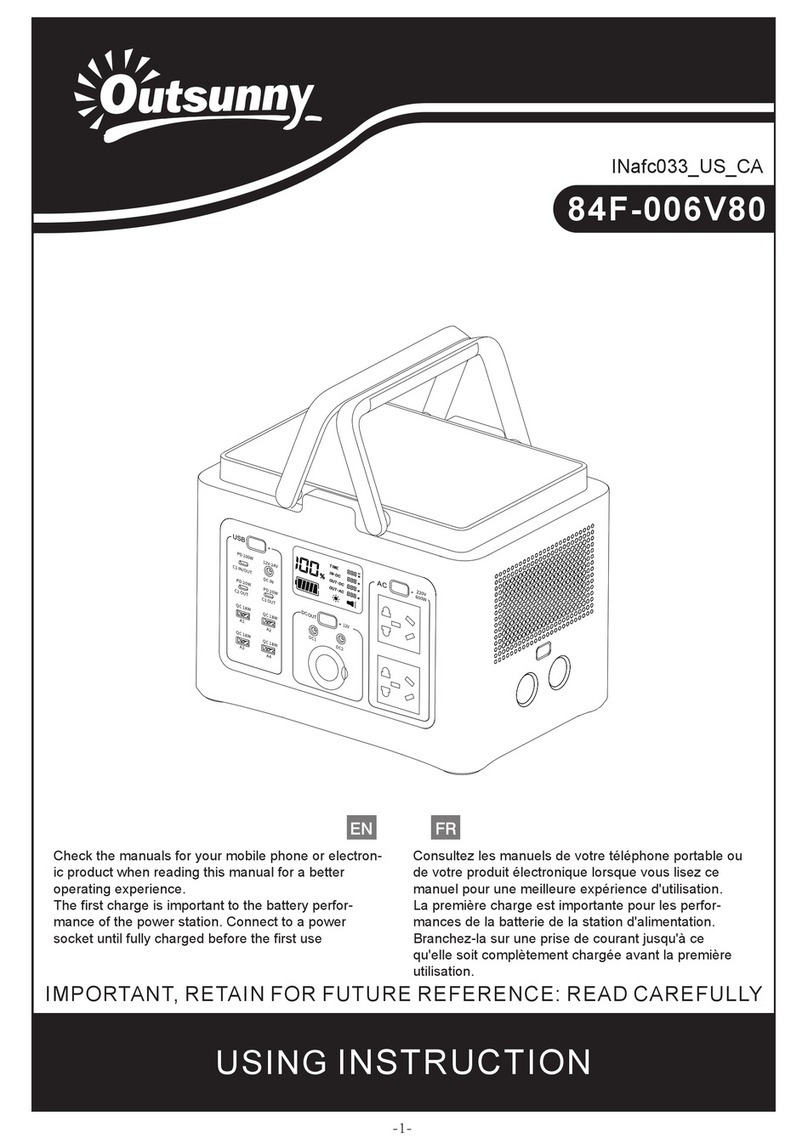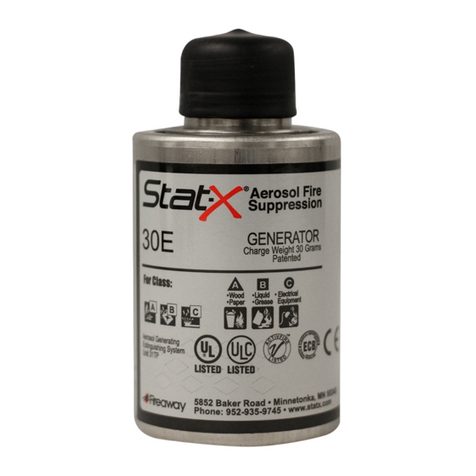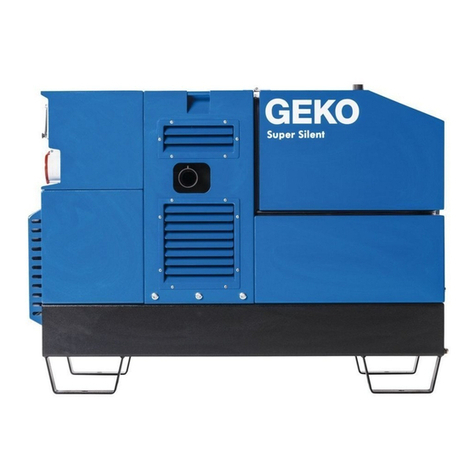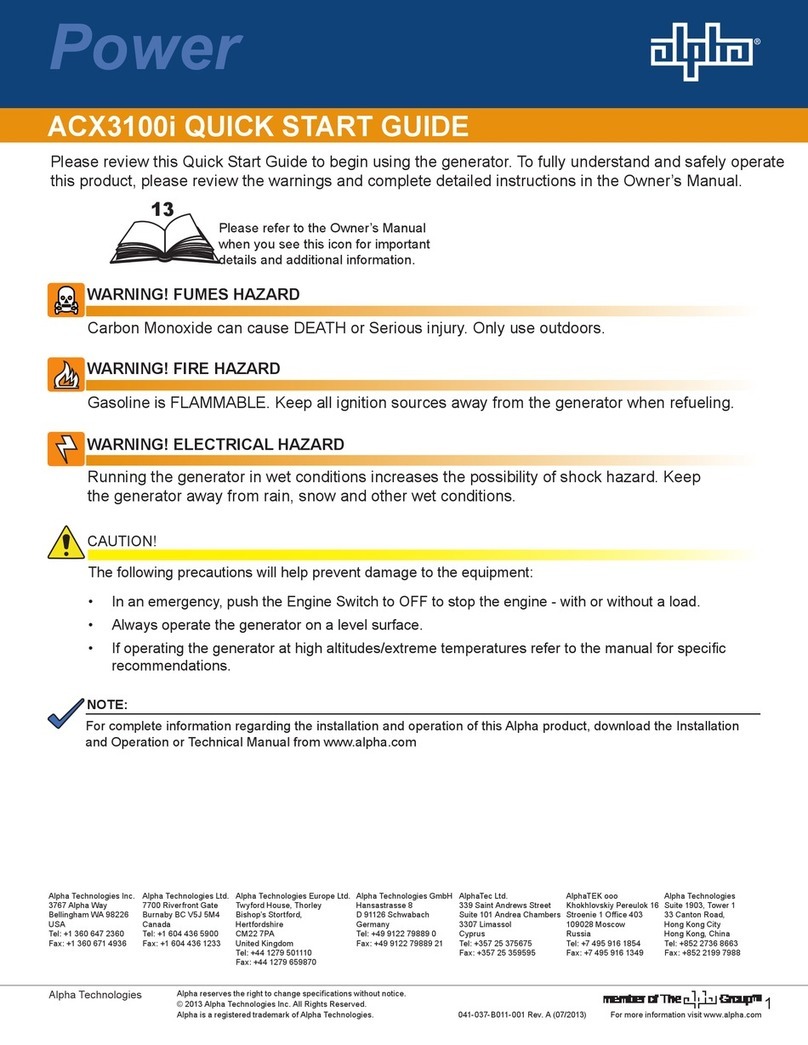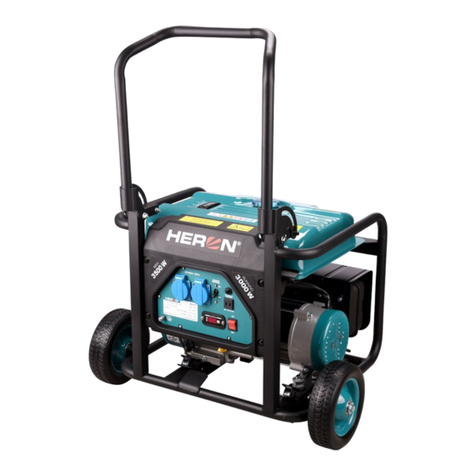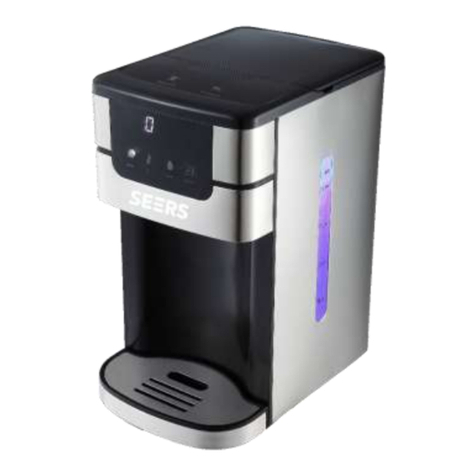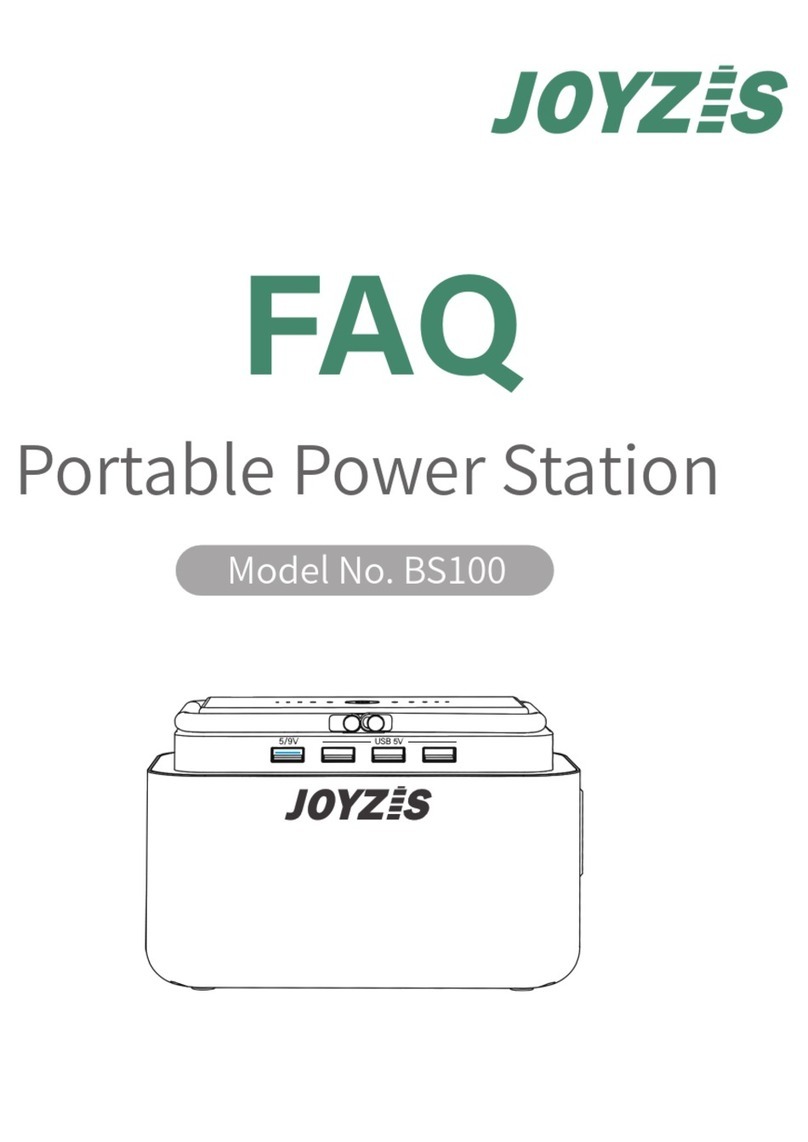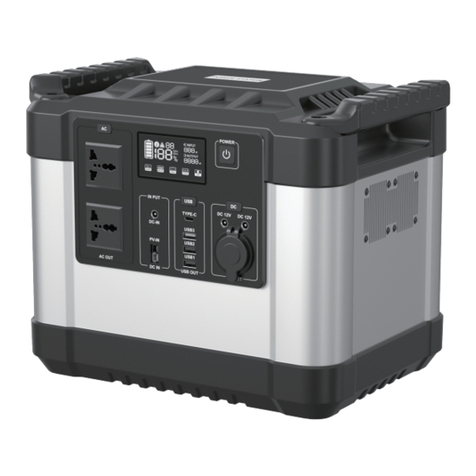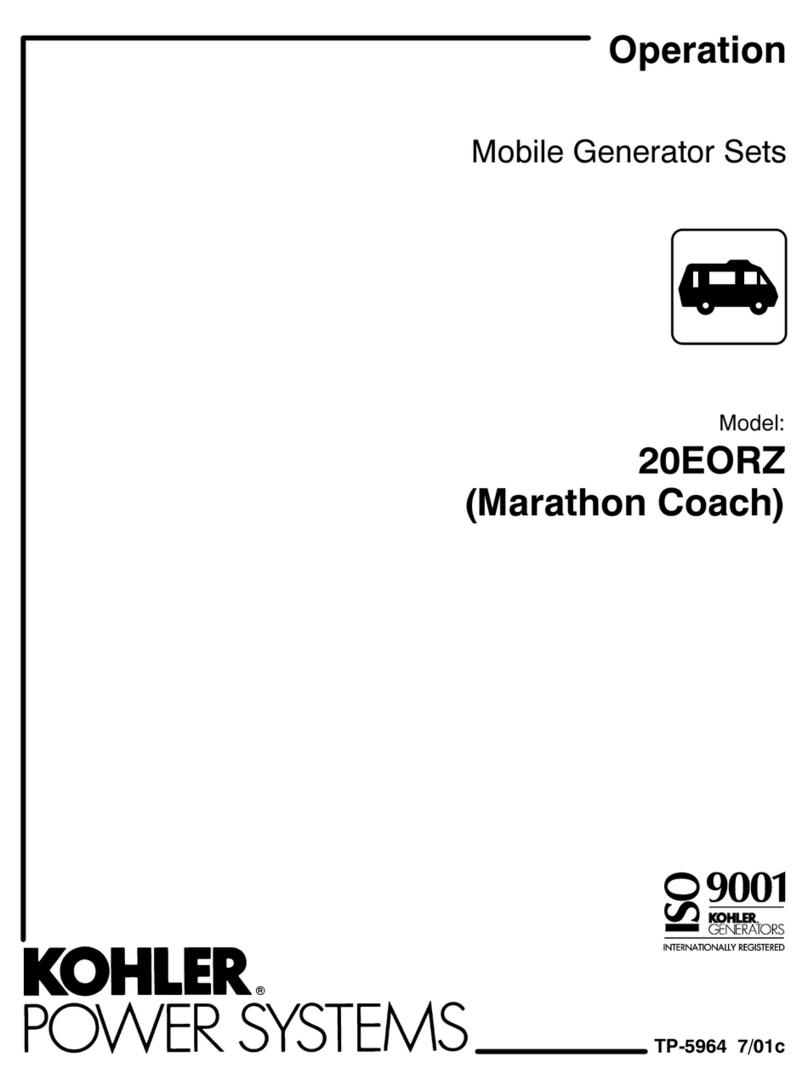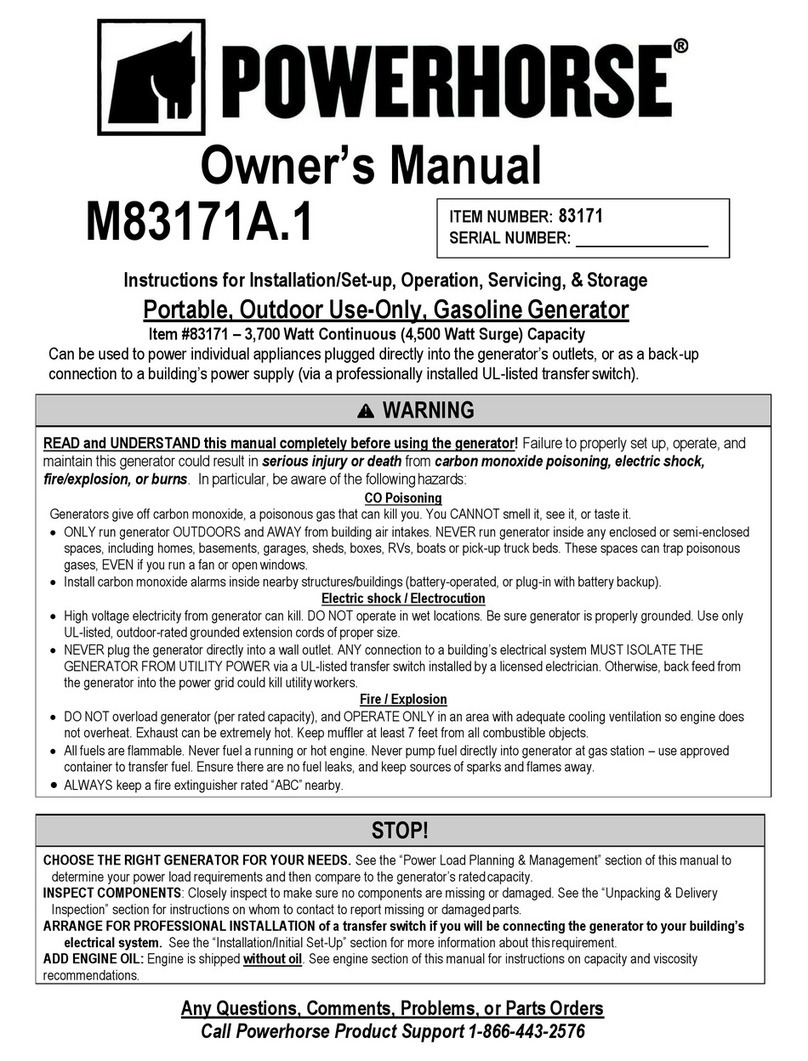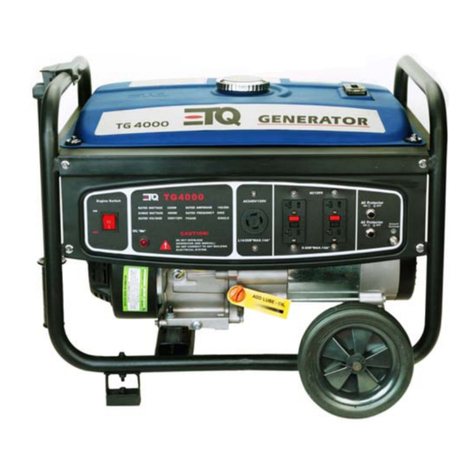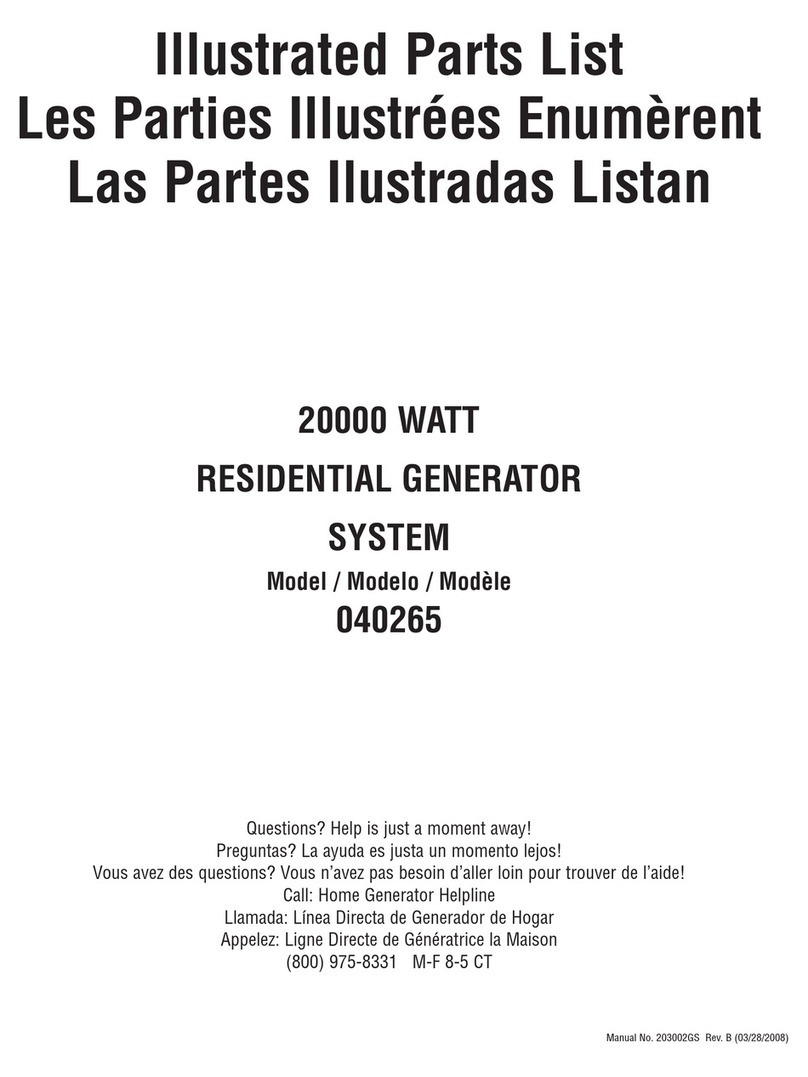
Model: 5731
Hydraulic Power Unit
08/2016 | Rev. 08
6.4 LABELING OF PACKAGING ...................................................................................................................................16
6.5 STORAGE COMPATIBILITY ...................................................................................................................................16
6.6 STORAGE ENVIRONMENT....................................................................................................................................16
6.7 STORAGE SPACE AND HANDLING FACILITIES...................................................................................................16
7.0 TRANSPORTATION ...................................................................................................................................................16
8.0 TROUBLE SHOOTING................................................................................................................................................17
8.1 HPU WILL NOT START...........................................................................................................................................17
8.2 NO FLOW ................................................................................................................................................................17
8.3 REDUCED FLOW....................................................................................................................................................18
8.4 NO PRESSURE or REDUCED PRESSURE............................................................................................................18
8.5 FLUID OVERHEATS................................................................................................................................................18
8.6 HAND PUMP (Option M) IS NOT PUMPING FLUID................................................................................................18
9.0 MAINTENANCE ..........................................................................................................................................................19
9.1 GENERAL................................................................................................................................................................19
9.2 ELECTRIC MOTOR.................................................................................................................................................19
9.3 HYDRAULIC PUMP.................................................................................................................................................20
9.3.1 Hydraulic Pump Replacement Parts.........................................................................................................................20
9.3.2 Hydraulic Pump Replacement Seal Kits...................................................................................................................20
9.4 HYDRAULIC FLUID.................................................................................................................................................21
9.5 FILTERS ..................................................................................................................................................................21
9.5.1 Pressure Filter Element............................................................................................................................................22
9.5.2 Return Filter Element ...............................................................................................................................................23
9.5.3 Hand Pump (Option M) Filter Element .....................................................................................................................24
9.5.4 Desiccant Air Filter...................................................................................................................................................25
9.5.5 Pressure Filter Assembly with Electric Filter Clogging Indicator...............................................................................26
9.5.6 Return Filter Assembly.............................................................................................................................................27
9.6 HYDRAULIC HOSES...............................................................................................................................................28
9.7 INSTRUMENT PANEL.............................................................................................................................................29
9.7.1 Electric Panel...........................................................................................................................................................30
9.7.2 Hydraulic Panel........................................................................................................................................................31
9.7.3 Pressure Manifold Assembly....................................................................................................................................32
9.7.3.a System Pressure Relief Valve..................................................................................................................................33
9.7.3.b Check Valve.............................................................................................................................................................34
9.7.3.c Bypass Valve ...........................................................................................................................................................34
9.8 RESERVOIR ASSEMBLY........................................................................................................................................35
9.9 RETURN MANIFOLD ASSEMBLY...........................................................................................................................37
9.9.1 Return System Pressure Relief Valve......................................................................................................................38
9.10 ELECTRICAL COMPONENTS ................................................................................................................................39
9.10.1 Electrical Components With 100 ft Input Cord option...............................................................................................41
9.11 HEAT EXCHANGER ASSEMBLY............................................................................................................................44
9.12 EXTERNAL COMPONENTS....................................................................................................................................45
9.13 ADDITIONAL FEATURES........................................................................................................................................46
9.13.1 50 ft (15.2 m) Hoses (Option B) ...............................................................................................................................46
9.13.2 Dual System (Option C) ...........................................................................................................................................46
9.13.3 Voltage/Phase Monitor (Options H
J)....................................................................................................................47
9.13.4 Electric Reservoir Level (Option L)...........................................................................................................................48
9.13.5 Hand Pump (Option M) ............................................................................................................................................49
9.13.5.a Two Stage Pump with Relief....................................................................................................................................51
9.13.6 Hand Pump High Displacement (Option 7) ..............................................................................................................53
9.13.7 Towing Trailer (Option N).........................................................................................................................................55
9.14 REPLACEMENT LABELS PARTS LISTS................................................................................................................56
9.14.1 Base Unit..................................................................................................................................................................56
9.14.2 Fluid Labels..............................................................................................................................................................56
9.14.3 Filter Element Kit Labels ..........................................................................................................................................56
9.14.4 Dual System (Option C) ...........................................................................................................................................56
9.14.5 Hand Pump (Option M) Labels.................................................................................................................................56
10.0 PROVISION OF SPARES ...........................................................................................................................................57
10.1 SOURCE OF SPARE PARTS..................................................................................................................................57
10.2 RECOMMENDED SPARE PARTS LISTS ...............................................................................................................57
10.2.1 Spare Electrical Parts...............................................................................................................................................57
10.2.2 Spare Parts..............................................................................................................................................................57
11.0 ELECTRICAL POWER REQUIREMENTS..................................................................................................................57
12.0 CALIBRATION OF INSTRUMENTATION...................................................................................................................58
12.1 SOURCE OF CALIBRATION...................................................................................................................................58
12.2 ANALOG PRESSURE GAUGE System Pressure.................................................................................................58
12.2.1 Self Calibration.........................................................................................................................................................58
12.3 ANALOG PRESSURE GAUGE (Hand Pump Pressure- Option M Only )................................................................59
12.3.1 Self Calibration.........................................................................................................................................................59

